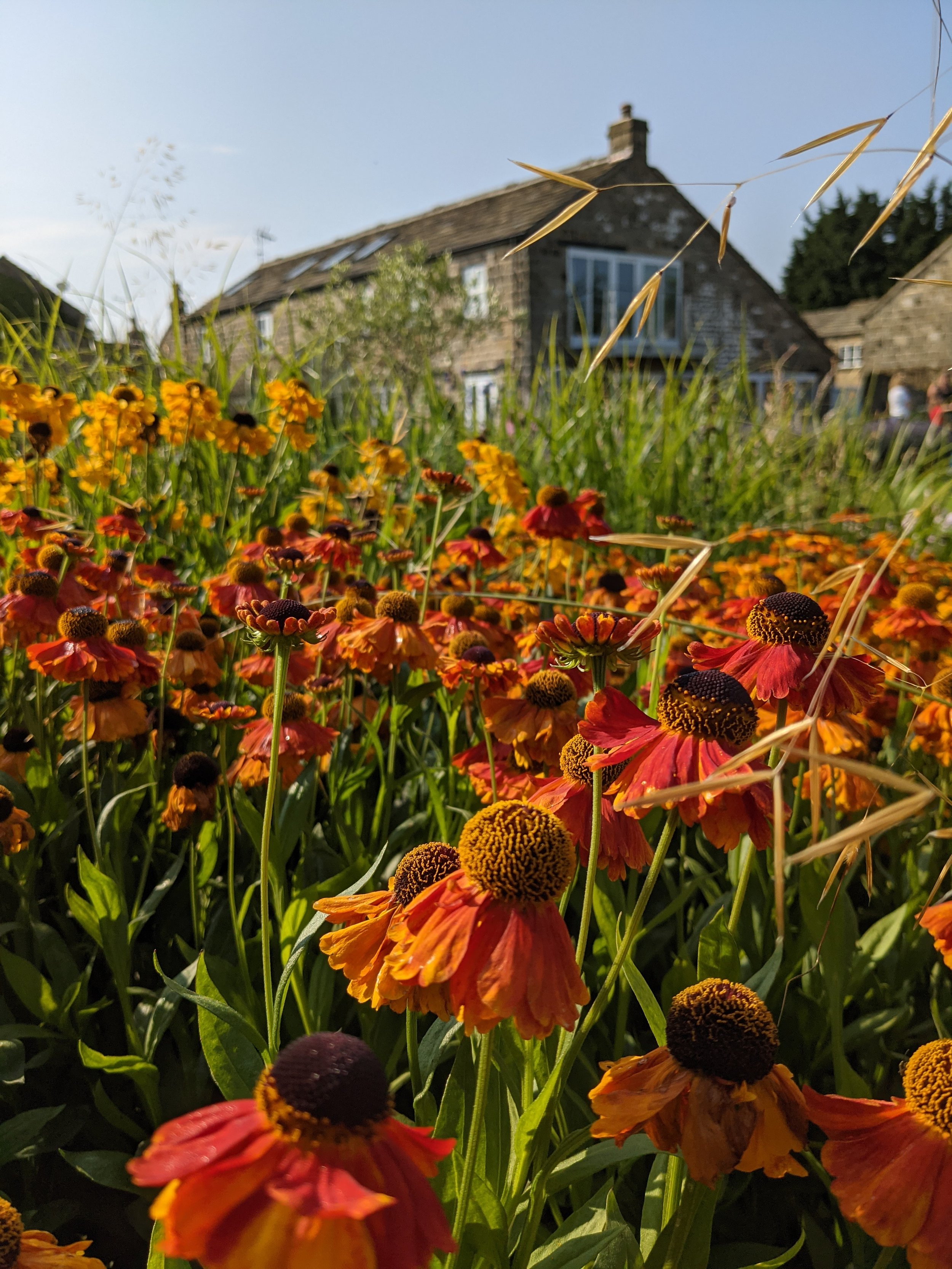How To Maintain A Naturalistic Border
The two most common request that we get when designing a border are low maintenance and lots of colour. The naturalistic style of planting ticks both of these box and is actually one of our favourite style to design in.
The small amount of on-going maintenance involved is why you see more and more gardens giving greater space to this kind of planting. A naturalistic border is even less maintenance than a lawn in a lot of cases. In the growing session a lawn needs mowing every 1 to 2 weeks, an established naturalistic border doesn’t need that kind of attention. We try to add at least some element of this planting style in every planting plan we do.
Water Your Plants
Newly planted borders need more water than established ones. I know it’s a bit dry (excuse the pun) but it’s important if you want your borders to survive.
Here are the key features of a naturalistic planting style
Low Maintenance
When designing a naturalistic border we aim to create a dense sward of herbaceous perennials dense enough to out-compete most weeds. Although some weeding is required, especially in spring and early summer, this style of planting will considerably cut down on the time you spend weeding.
Established
Naturalistic planting is quick to establish compared to other planting styles. It may take a year or so for a naturalistic border to establish, much quicker than waiting for a shrub to grow. Note that while the plants are still juvenile they won’t have the same ‘spread’ (density, amount of foliage) so you might find you have to weed a bit more at the start.
Hardy
A lot of plants commonly used in naturalistic planting don’t require frequent fertilising or soil improvement. So you don’t have to get your hands dirty mulching every year. This means you save both time and money. Win Win!
Maintenance
Cut back at the end of winter
The best thing about naturalistic borders is that you only have to cut them back once a year. At the end of February cut everything right back. The reason we leave this task until the end of February because the seed heads are a good source of food for the birds and it actually looks amazing, especially in the frost. You can use a hedge cutter to do this but we would recommend secateurs, at least for the first year. Using everything you cut in your compost heap because it makes perfect compost.
Weeding
Once you cut everything back you can quickly weed out any pesky persistent weeds and any stray self-seeders. This will be just in time for the bulb layer to start doing it thing.
Enjoying your border
Then by summer your border will be back to it’s former glory and every year you will see different areas develop and come into their own.




